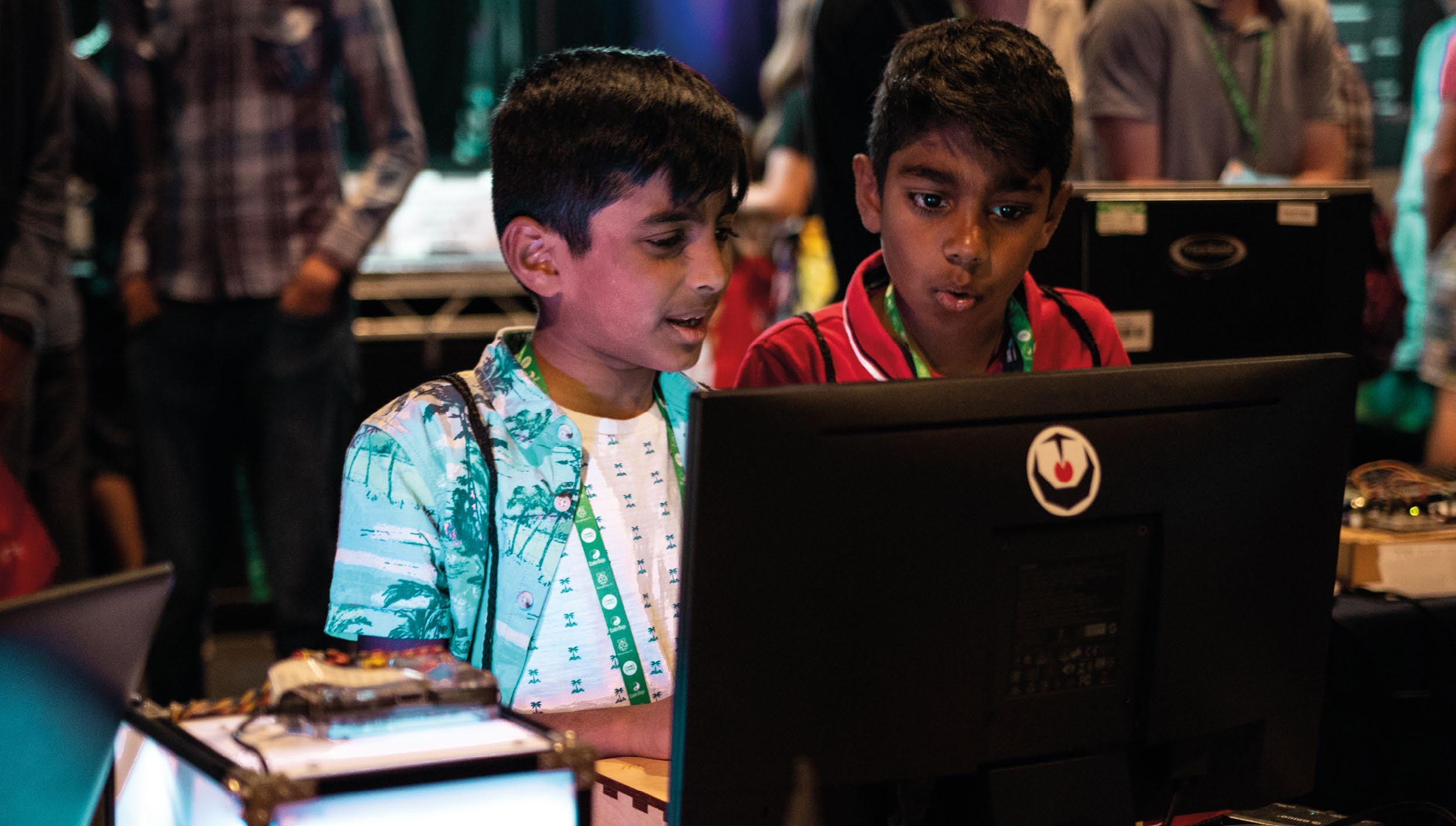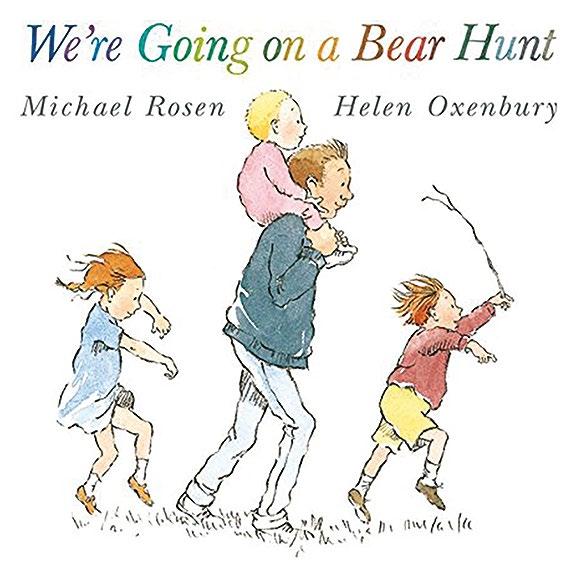
3 minute read
ENGINEERING SKILLS
Katie Henry examines ways to cultivate engineering skills in all students
Advertisement
“L et’s get a fan and see if it works,” says Edwina. Edwina, a student in my grade class, had just finished building a model of Theo Jansen’s Strandbeest — a kinetic sculpture that walks in the wind. As the fan came on, her sculpture began walking across the table, and a few children cheered. I had never seen Edwina with such a wide smile. Then one of the legs fell off. Edwina wrangled it back into place, explaining that she’d need more time to “really fix the leg”.
As she and a few other students tinkered with her sculpture, I reflected on what I’d seen: a nine-year-old girl confidently dealing with complexity, persistent in working on challenging problems, flexible, and tolerant of ambiguity. (Others may have noticed that she has dyslexia, reads below grade level, and struggles with a severe speech impediment.) tools, programming, or robotics in your classroom. It’s already happening on school buses, at lockers, and — whether you realise it or not — in your classroom. Introducing young people to engineering starts with learning to recognise engineering skill, and helping students to recognise it. The next sentence you speak can introduce a young person to engineering. Below are five types of engineering skill, what they might look like in your classroom, and what you can say to help students develop these skills.
n Intentional design Look for preplanning or evidence of thinking ahead.
What you can say: “Tell me more about your planning process.” Encourage intentional action and allow students to make their own decisions.
This is a public school. “You’re growing as an engineer,” I say. She was puzzled: “What’s an engineer?” Max, another student, gave a definition that I still use to this day: “Engineers make things that help people.”
Recognising engineering skill
Jennifer Cross, author of Creative Robotic Systems for Talent-Based Learning (helloworld.cc/roboticsystems) writes, “Engineering design is the process of developing a concrete solution for an illdefined problem within technical feasibility constraints.” The good news is that engineering doesn’t have to begin with costly n Innovating Look for novel or risky efforts.
What you can say: “How did you decide to try it this way?” Try to understand why the student created something new, and help them to consider their efforts from another person’s point of view. Engineers make things that help people!
n Refining and testing Look for efforts that repeat and improve each time, in order to reach a goal.
What you can say: “Can you share more about your goal?” Encourage the student to focus on their goal, generate more solutions, and consider the strengths and weaknesses of each solution. Engineers inspect and adapt.
n Prototyping Look for evidence of a student modelling an idea to reach a goal.
What you can say: “In what ways does this model represent your thinking?”
Prototyping takes many forms: ‘workslike’ prototypes are working models;
‘looks-like’ prototypes are non-working.
Engineers use a variety of models, tools, and strategies to better understand their ideas.
n Communicating design Look for students sharing ideas about something they’re planning or are creating.
What you can say: “Who most needs to hear your idea? What would be the best way to share it with them?” Encourage students to communicate their ideas in multiple ways, for multiple audiences.
Engineers share what they discover and make with others, in order to make their ideas better.
Katie is a former classroom and STEAM teacher. She now works as Head of Partnerships, North America, for the Micro:bit Educational Foundation (@KatieHenryDays).










